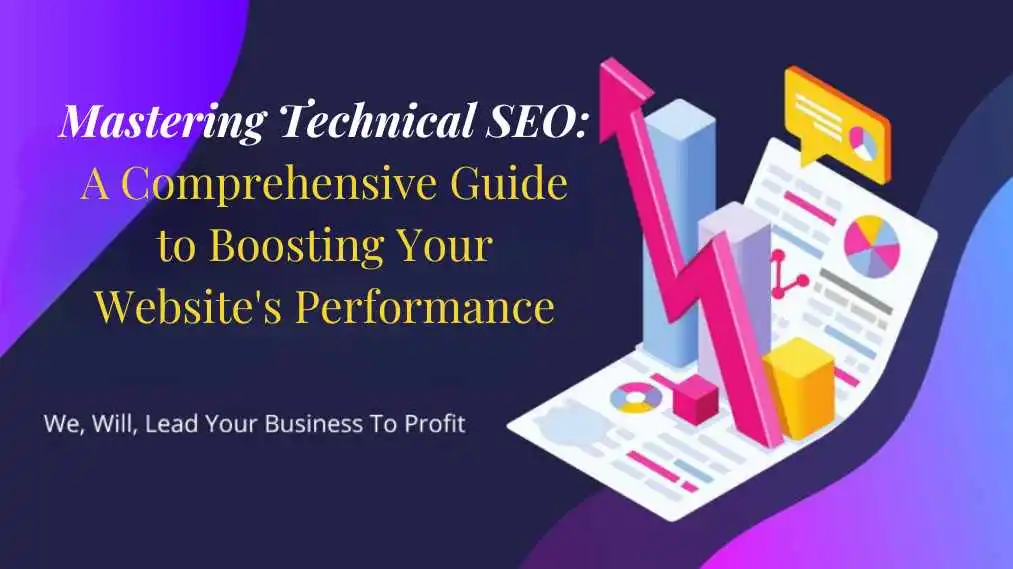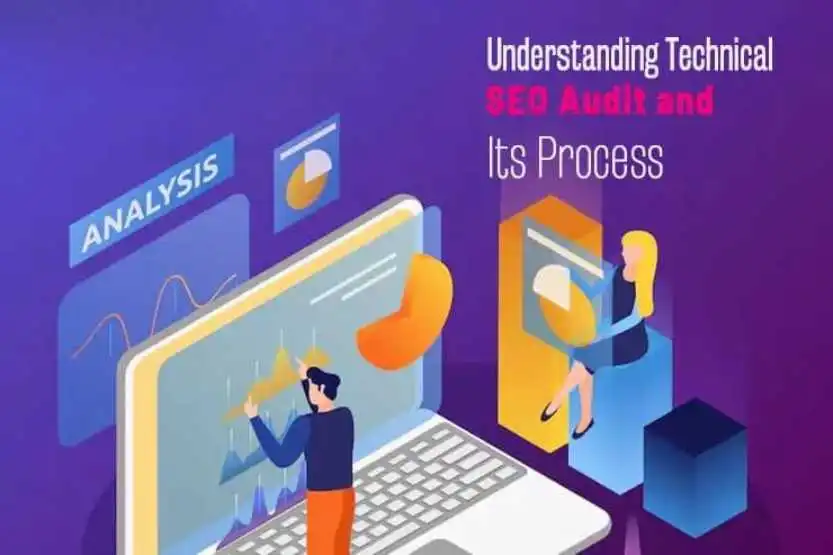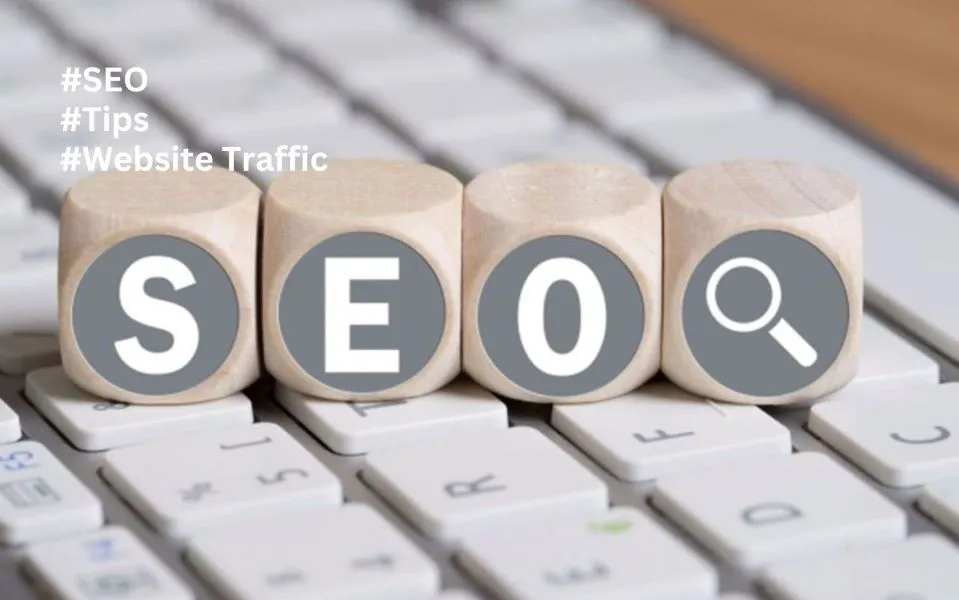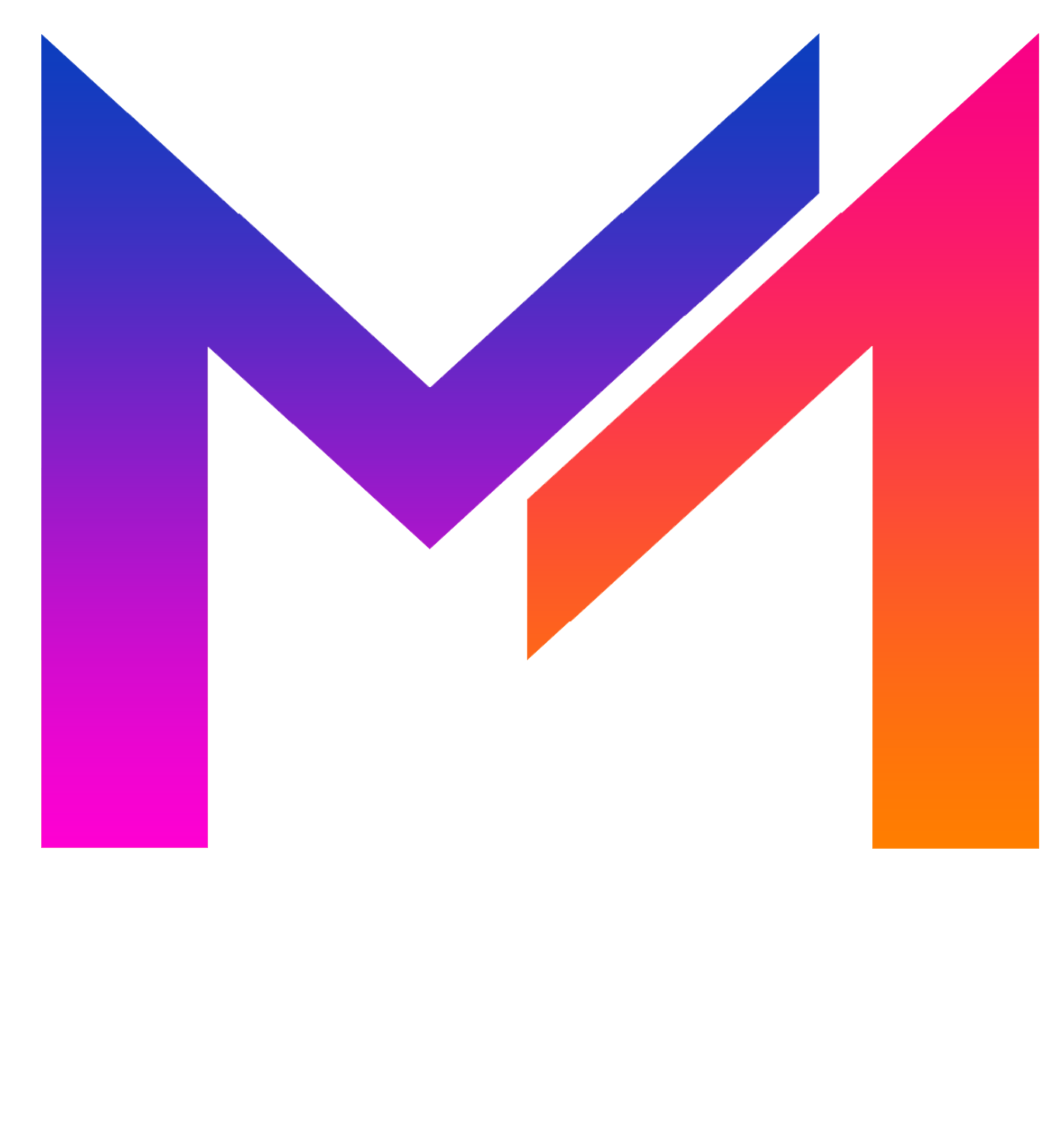
In today’s digital landscape, having a website is crucial for any business to attract customers and generate leads. However, with millions of websites vying for attention, it’s becoming increasingly difficult to stand out from the crowd. This is where technical SEO comes in – a crucial aspect of search engine optimization that focuses on improving your website’s technical aspects to increase its visibility, drive more traffic, and ultimately, boost conversions. By mastering technical SEO, you can unlock your website’s full potential and stay ahead of the competition.
Fundamentals of Technical SEO
To create a solid foundation for your website’s success, it’s crucial to understand the basics of technical SEO. In this chapter, we’ll research into the world of technical SEO, exploring its definition, importance, and how it can boost your website’s performance.
What is Technical SEO?
With the ever-evolving landscape of search engines, technical SEO has become a crucial aspect of online business success. Technical SEO refers to the process of optimizing your website’s technical aspects to improve its visibility, crawlability, and indexability by search engines. This includes optimizing website architecture, ensuring mobile-friendliness, page speed, and secure protocols, among other factors. By doing so, you can increase your website’s chances of ranking higher in search engine results pages (SERPs), driving more organic traffic and leads to your business.
In essence, technical SEO is about creating a seamless user experience while also communicating effectively with search engines. By ensuring your website is technically sound, you can improve your online visibility, drive more conversions, and ultimately, grow your business.
Importance of Technical SEO in Website Performance
Technical SEO plays a vital role in website performance, as it directly impacts how search engines crawl, index, and rank your website. By optimizing your website’s technical aspects, you can improve its loading speed, mobile responsiveness, and overall user experience. This, in turn, can lead to higher search engine rankings, increased organic traffic, and more leads for your business.
Technically optimized websites are more likely to attract and engage customers, ultimately driving conversions and revenue. For instance, Mister Nguyen Agency’s design brand focuses on creating conversion-focused websites that are tailored to meet the specific needs of each business. By combining technical SEO with a customer-centric approach, businesses can create a powerful online presence that drives real results.
What’s more, technical SEO can also improve your website’s credibility and trustworthiness in the eyes of search engines. By ensuring your website is secure, mobile-friendly, and fast, you can signal to search engines that your website is a trustworthy source of information, worthy of higher rankings and more visibility.
Website Architecture and Structure
Some of the most critical aspects of technical SEO are often overlooked, yet they can significantly impact your website’s performance and ultimately, your business’s bottom line. A well-structured website is crucial for both search engines and users to navigate and understand your content.
URL Structure and Optimization
Structuring your URLs in a logical and consistent manner is vital for both search engines and users. A well-optimized URL structure can improve your website’s crawlability, indexability, and ultimately, your search engine rankings. When crafting your URLs, ensure they are descriptive, concise, and include target keywords. This will not only help search engines understand the content of your page but also improve the user experience.
A well-structured URL can also improve your website’s internal linking structure, making it easier for users and search engines to navigate your content. By including target keywords in your URLs, you can also improve your website’s relevance for specific search queries, driving more targeted traffic to your site.
Mobile-Friendliness and Responsiveness
One of the most critical aspects of website architecture is ensuring your site is mobile-friendly and responsive. With the majority of users accessing the web through mobile devices, a responsive design is no longer a nice-to-have but a must-have. A mobile-friendly website can improve the user experience, increase engagement, and ultimately, drive more conversions.
A responsive design ensures that your website adapts to different screen sizes and devices, providing an optimal user experience regardless of how users access your site. This is particularly important for businesses like Mister Nguyen Agency, where a seamless user experience is crucial for converting visitors into premium paying customers.
Understanding the importance of mobile-friendliness, Google has made it a key ranking factor, favoring websites that provide a seamless user experience across all devices. By ensuring your website is mobile-friendly and responsive, you can improve your search engine rankings, drive more traffic, and ultimately, generate more leads for your business.
Page Speed and Load Time Optimization
Website speed is critical for both search engines and users. A slow-loading website can lead to high bounce rates, negatively impacting your search engine rankings and ultimately, your business’s bottom line. On the other hand, a fast-loading website can improve the user experience, increase engagement, and drive more conversions.
Optimizing your website’s page speed and load time requires a combination of technical expertise and strategic planning. By leveraging browser caching, compressing images, and minifying code, you can significantly improve your website’s load time. Additionally, leveraging content delivery networks (CDNs) and optimizing server response times can also improve your website’s performance.
Load times can have a significant impact on your business’s bottom line. According to Google, a one-second delay in page load time can result in a 7% reduction in conversions. By optimizing your website’s page speed and load time, you can improve the user experience, increase engagement, and ultimately, drive more revenue for your business.
Search Engine Crawling and Indexing
Unlike many other aspects of technical SEO, search engine crawling and indexing are crucial for getting your website discovered and ranked by search engines. In this chapter, we’ll look into the intricacies of how search engines crawl and index websites and provide actionable tips on how to optimize your website for better crawling and indexing.
How Search Engines Crawl and Index Websites
Any website owner wants their website to be crawled and indexed by search engines as quickly and efficiently as possible. But have you ever wondered how search engines like Google, Bing, or Yahoo actually crawl and index websites? The process starts with a crawler, also known as a spider or bot, which discovers new URLs to crawl through various means such as sitemaps, internal linking, or external links from other websites. Once a URL is crawled, the search engine’s algorithm analyzes the content, structure, and relevance of the page to determine its ranking in search engine results pages (SERPs).
The crawling and indexing process is not a one-time event, but rather an ongoing process where search engines continuously crawl and re-crawl websites to update their indexes and reflect changes in content, structure, or relevance. This is why it’s imperative to ensure that your website is optimized for crawling and indexing to improve its visibility and ranking in search engines.
Optimizing Robots.txt and Meta Tags
The robots.txt file and meta tags are crucial elements in optimizing your website for search engine crawling and indexing. The robots.txt file is a text file that informs search engine crawlers which pages or resources on your website should not be crawled or indexed. On the other hand, meta tags provide additional information about a webpage, such as its title, description, and keywords, which help search engines understand the content and relevance of the page.
Search engine crawlers rely heavily on these elements to determine what content to crawl, index, and display in search engine results. By optimizing your robots.txt file and meta tags, you can improve the crawlability and indexability of your website, increase its visibility in search engines, and drive more traffic and leads to your business.
For instance, if you’re using the Mister Nguyen Agency’s design brand, you can optimize your robots.txt file to allow crawlers to access specific pages or resources that are critical to your business, such as your website’s homepage or product pages. This ensures that search engines can crawl and index these pages efficiently, improving your website’s visibility and ranking in search engines.
Dealing with Duplicate or Thin Content
Search engines like Google have strict guidelines against duplicate or thin content, which can negatively impact your website’s ranking and credibility. Duplicate content refers to identical or very similar content that appears on multiple pages or websites, while thin content refers to low-quality or shallow content that provides little value to users.
Search engines use algorithms to detect and penalize websites with duplicate or thin content, which can lead to a significant drop in ranking and traffic. To avoid this, it’s imperative to ensure that your website has high-quality, unique, and relevant content that provides value to your customers and sets your business apart from competitors.
Meta descriptions, for example, play a critical role in providing a summary of your webpage’s content and enticing users to click through from search engine results. By crafting unique and compelling meta descriptions for each page, you can improve your website’s click-through rate, drive more traffic and leads to your business, and increase conversions.
By optimizing your website’s crawling and indexing, you can improve its visibility, ranking, and credibility in search engines, drive more traffic and leads to your business, and ultimately increase conversions and revenue. In the next chapter, we’ll explore the importance of page speed and mobile friendliness in technical SEO.
Technical SEO Audit and Analysis

Once again, conducting a technical SEO audit is a crucial step in identifying and fixing issues that may be hindering your website’s performance. A thorough audit helps you understand how search engines crawl, index, and rank your website, allowing you to make data-driven decisions to improve your online presence.
A technical SEO audit involves evaluating various aspects of your website, including its architecture, content, and backend infrastructure. By doing so, you can identify areas that need improvement, optimize your website for search engines, and ultimately drive more traffic, leads, and customers to your business.
Tools for Conducting a Technical SEO Audit
Technically speaking, there are numerous tools available that can help you conduct a comprehensive technical SEO audit. Some of the most popular ones include Screaming Frog, Ahrefs, SEMrush, and Google Search Console. These tools can help you identify issues such as broken links, duplicate content, slow page speed, and poor mobile responsiveness, among others.
By leveraging these tools, you can gain valuable insights into your website’s technical performance and identify areas that require improvement. For instance, you can use Screaming Frog to crawl your website and identify broken links or use Ahrefs to analyze your website’s backlink profile and identify opportunities for improvement.
Identifying and Fixing Technical SEO Issues
With a thorough technical SEO audit, you can identify issues that may be hindering your website’s performance. These issues can range from simple problems such as broken links or duplicate content to more complex issues such as poor website architecture or slow page speed.
Once you’ve identified these issues, it’s crucial to prioritize and fix them accordingly. For instance, if you’ve identified broken links, you can update them to ensure that users and search engines can crawl your website seamlessly. Similarly, if you’ve identified slow page speed, you can optimize your images, leverage browser caching, and enable compression to improve your website’s loading speed.
Conducting a technical SEO audit is not a one-time task; it’s an ongoing process that requires continuous monitoring and improvement. By regularly auditing your website, you can identify new issues, fix them, and ensure that your website remains optimized for search engines, ultimately driving more traffic, leads, and customers to your business.
Prioritizing Technical SEO Tasks
Tools such as Google Analytics and SEMrush can help you prioritize technical SEO tasks by identifying areas that require immediate attention. For instance, if you’ve identified that your website’s page speed is slow, you can prioritize tasks such as image optimization and browser caching to improve your website’s loading speed.
By prioritizing technical SEO tasks, you can ensure that you’re focusing on the most critical issues that may be hindering your website’s performance. This approach allows you to allocate your resources efficiently, maximize your ROI, and drive more traffic, leads, and customers to your business.
Technical SEO is an ongoing process that requires continuous monitoring and improvement. By prioritizing technical SEO tasks, you can ensure that your website remains optimized for search engines, ultimately driving more traffic, leads, and customers to your business, just like Mister Nguyen Agency’s design brand, which focuses on conversion-driven website design and development to help businesses achieve their online goals.
Content Optimization and Delivery
Not optimizing your website’s content and delivery can lead to a poor user experience, slow loading times, and ultimately, a loss of customers and leads. In today’s digital landscape, it’s crucial to ensure that your website is optimized for both search engines and users.
Optimizing Image and Video Content
On average, images make up around 60% of a webpage’s total weight, which can significantly impact page loading times. To optimize image content, ensure that you’re using compressed images, lazy loading, and descriptive alt tags. Additionally, consider using next-gen formats like WebP and JPEG XR, which offer better compression rates than traditional formats.
When considering video content, consider hosting videos on platforms like YouTube or Vimeo, which can help reduce server load and improve page loading times. You can also optimize video thumbnails, titles, and descriptions to improve engagement and click-through rates.
Leveraging Browser Caching and CDNs
To reduce the load on your server and improve page loading times, consider leveraging browser caching and Content Delivery Networks (CDNs). Browser caching allows frequently visited resources to be stored locally on users’ devices, reducing the need for repeat requests to your server. CDNs, on the other hand, distribute your content across multiple servers worldwide, reducing latency and improving loading times.
The key to successful browser caching and CDN implementation is to identify the most frequently visited resources on your website and optimize them accordingly. By doing so, you can significantly reduce page loading times and improve the overall user experience.
The Mister Nguyen Agency’s design brand emphasizes the importance of website design in conversion-focused solutions. By optimizing image and video content, as well as leveraging browser caching and CDNs, you can create a seamless user experience that drives conversions and boosts your business.
Implementing SSL and HTTPS
Imagine a scenario where your customers are hesitant to provide sensitive information on your website due to security concerns. This is where SSL and HTTPS come into play. By implementing SSL certificates and migrating to HTTPS, you can ensure that your website is secure and trustworthy, which can lead to increased conversions and customer loyalty.
Another benefit of implementing SSL and HTTPS is improved search engine rankings. Google has explicitly stated that HTTPS is a ranking signal, which means that secure websites are more likely to rank higher in search engine results pages (SERPs).
The Mister Nguyen Agency’s emphasis on conversion-focused solutions highlights the importance of implementing SSL and HTTPS in driving business results. By prioritizing website security and trust, you can create a seamless user experience that drives conversions and boosts your business.
Advanced Technical SEO Strategies
Now that we’ve covered the foundational elements of technical SEO, it’s time to look into more advanced strategies to take your website’s performance to the next level. These tactics require a deeper understanding of technical SEO and may involve more complex implementation, but the payoff can be substantial.
In this section, we’ll explore advanced technical SEO strategies that can help you:
- Enhance your website’s visibility and credibility
- Improve user experience and engagement
- Increase conversions and drive more leads for your business
| Strategy | Benefits |
|---|---|
| Using Schema Markup and Structured Data | Improved search engine understanding, enhanced search results, and increased click-through rates |
| Optimizing for Voice Search and Featured Snippets | Increased visibility in voice search results, improved brand credibility, and higher conversion rates |
| Leveraging AI and Machine Learning in SEO | Personalized user experiences, improved search engine rankings, and increased conversions |
Using Schema Markup and Structured Data
Data-driven websites can benefit significantly from schema markup and structured data. By adding this markup to your website’s HTML, you’re providing search engines with additional context about your content, which can lead to improved search engine rankings and increased click-through rates.
For example, if you’re a business like Mister Nguyen Agency, using schema markup for your design brand can help search engines understand your services and expertise, making it more likely for customers to find you when searching for related terms.
Optimizing for Voice Search and Featured Snippets
Markup your content for voice search and featured snippets to increase your website’s visibility in voice search results. This involves optimizing your content to answer specific questions and provide concise, relevant information that search engines can easily extract.
By doing so, you can improve your brand’s credibility and increase conversion rates. For instance, if you’re an e-commerce business, optimizing for voice search can help you reach customers who are searching for products like yours, driving more sales and revenue.
Technical optimization for voice search and featured snippets requires a deep understanding of user intent and behavior, as well as the ability to craft content that meets their needs.
Leveraging AI and Machine Learning in SEO

The future of SEO lies in leveraging AI and machine learning to personalize user experiences and improve search engine rankings. By using AI-powered tools and machine learning algorithms, you can analyze large datasets, identify patterns, and make data-driven decisions to optimize your website’s performance.
For example, AI can help you identify gaps in your content strategy, optimize your website’s structure and architecture, and even predict user behavior and preferences. By using AI and machine learning in SEO, you can gain a competitive edge and drive more leads and conversions for your business.
Using AI and machine learning in SEO requires a deep understanding of technical SEO and data analysis, as well as the ability to interpret and act on insights generated by these tools.
Conclusion
To wrap up, mastering technical SEO is crucial for any business looking to boost its online presence and drive more leads. By optimizing your website’s performance, you can increase your chances of ranking higher in search engines, driving more traffic, and converting visitors into premium paying customers. At Mister Nguyen Agency, we understand the importance of a well-designed website that resonates with your target audience, which is why our comprehensive services include website design, ecommerce solutions, brand reputation management, social media marketing, cold calling services, and targeted advertisements. By leveraging our expertise, you can focus on what matters most – growing your business and serving your customers.
Recall, a technically sound website is not just about aesthetics; it’s about providing a seamless user experience that encourages customers to engage with your brand. By implementing the strategies outlined in this guide, you’ll be well on your way to creating a website that drives real results. So, don’t let your competitors outrank you – take control of your online presence today and start generating more leads, conversions, and ultimately, revenue for your business. With Mister Nguyen Agency, you can trust that your website will be optimized for maximum performance, allowing you to focus on what matters most – growing your business and serving your customers.









